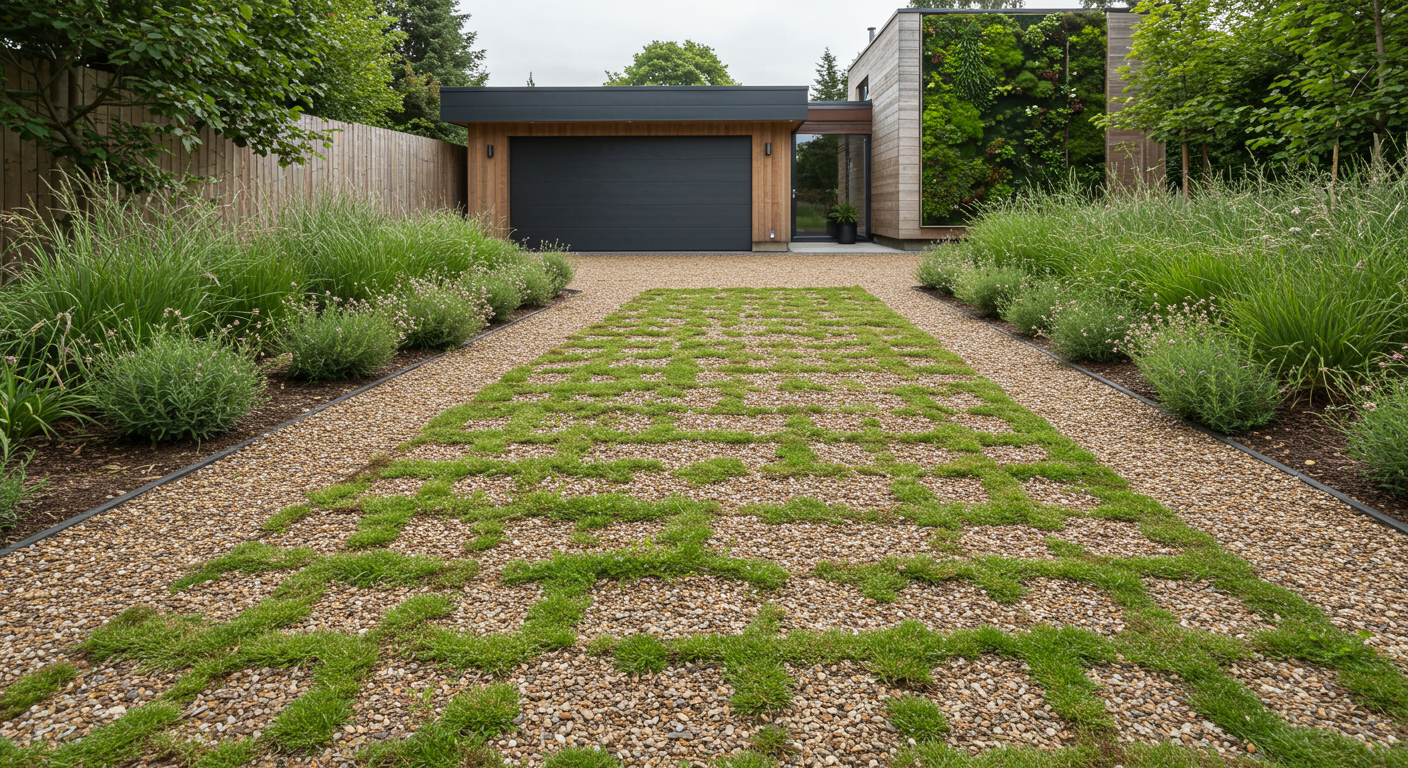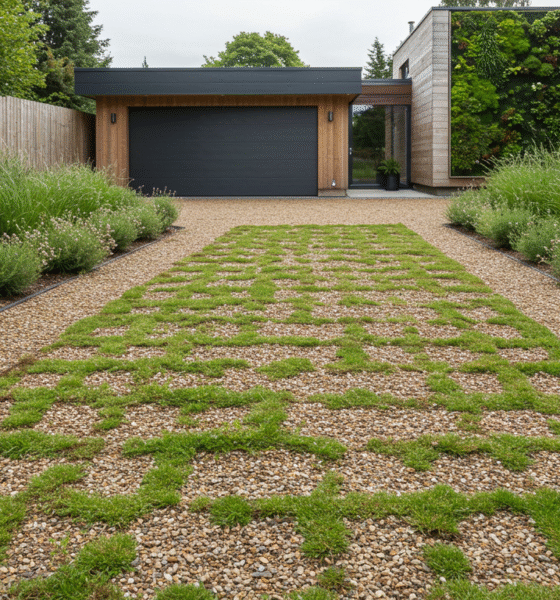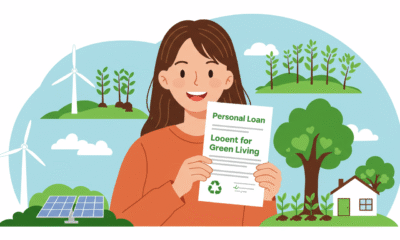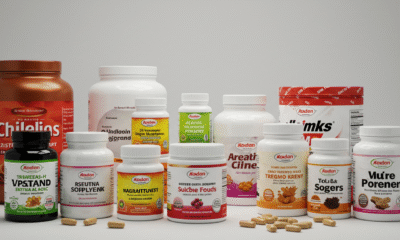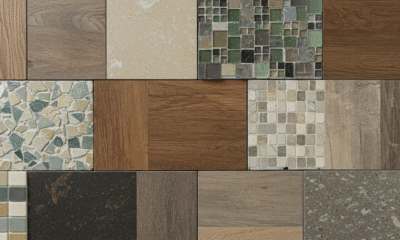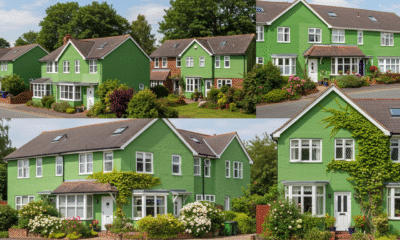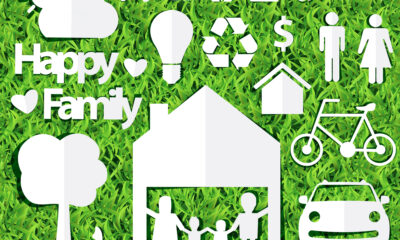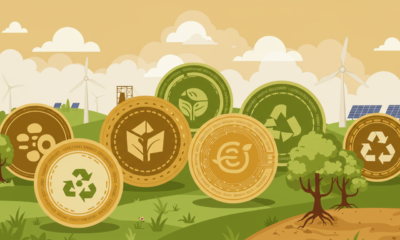Eco-friendly home upgrades are gaining attention, but many homeowners aren’t acting on their intentions. A study by Kantar showed that while many people say they care about sustainability, only 14% are actually trying to make their homes more sustainable. People talk about going green, but most ain’t doing much when it comes down to it. One area where change can start small and still make an impact is the driveway.
Driveway upgrades offer a chance to reduce water runoff, reuse materials, and save money long-term. Permeable options like gravel or resin-bound surfaces help manage rainwater better than concrete. You don’t need to spend a ton to start with a gravel driveway that just works and drains right. These choices also avoid the need for planning permission in many cases if designed to handle water on-site.
Matt Lacey, writing for the Kansas City Star, explored how more homeowners are going green, but not always for the reasons you’d expect. “While it’s encouraging to see people prioritizing sustainability, AUX wanted to better understand why sustainability was important to those people. Where in their homes did they feel sustainability efforts could have the largest impact? And were they aware of governmental and rebate programs that could influence sustainability decisions? In mid-January, AUX partnered with third-party survey platform Pollfish to ask 600 American adults those questions and more. The survey found that most respondents’ interest in sustainable home upgrades is driven by financial concerns.” They ain’t doing it to save the planet—they doing it to save a few bucks.
The driveway is also one of the first things people see, making it an ideal spot to combine looks and practicality. Recycled bricks, old paving slabs, or even reinforced grass can all work well and cut down on new material use. One in three homeowners say they care about energy and sustainability issues, which shows there’s interest, even if the action still lags behind. Lot of folks care, but caring don’t fix driveways by itself. Choosing better materials here can start a chain reaction for more eco-conscious choices elsewhere.
As sustainability becomes a priority in home design, more homeowners are seeking ways to reduce their environmental footprint without compromising on functionality or kerb appeal. One area of focus is the driveway—a frequently overlooked element that, when thoughtfully designed, can play a significant role in promoting environmental responsibility. Eco-friendly driveway designs not only help manage water runoff and reduce heat absorption, but also incorporate materials and methods that are durable, attractive, and kind to the planet.
This read explores a range of sustainable driveway options, their benefits, and practical considerations for homeowners looking to embrace green living right from the front door.
Why Choose an Eco-Friendly Driveway?
Traditional driveways—typically made from impermeable concrete or asphalt like you see on Driveways by Design Dublin —can have a negative impact on the environment. They contribute to:
• Surface water runoff, which increases the risk of flooding and water pollution.
• Urban heat island effect, as dark surfaces absorb and radiate heat.
• Loss of biodiversity, due to hardscaping that replaces green space.
Eco-friendly driveways aim to mitigate these problems by incorporating permeable surfaces, sustainable materials, and thoughtful landscaping, aligning with both environmental goals and planning regulations in many UK councils.
Permeable Paving: Letting the Ground Breathe
a. What Is Permeable Paving?
Permeable paving refers to surfaces that allow rainwater to pass through into the ground below, reducing runoff and helping recharge groundwater. These setups usually include a porous surface layer and a stone base underneath that holds water and lets it drain naturally.
b. Types of Permeable Paving
- Porous asphalt and concrete: Designed with tiny air pockets to let water soak through.
- Permeable block paving: Interlocking bricks with small gaps filled with gravel or sand that lets water drain.
- Resin-bound gravel: A mix of stones and resin that lets water pass through while creating a smooth finish.
These options meet Sustainable Drainage Systems (SuDS) rules, which are often required for driveways larger than 5 square metres that lead to public roads.
Gravel Driveways: Simple and Sustainable
Gravel is one of the most affordable and eco-friendly choices for driveways. It allows water to drain, is widely available, and takes less energy to produce than asphalt or concrete.
Advantages:
- Allows water to soak through easily
- Can be topped up or shaped again over time
- Has a natural look that fits well with garden areas
Things to keep in mind:
- Needs occasional upkeep to manage weeds and ruts
- May spread beyond the driveway without borders in place
Gravel grids—plastic or metal frameworks—are often used to keep the gravel steady and reduce movement.
Grass and Reinforced Turf Driveways
Grass driveways create a natural look while allowing water to drain into the ground. These driveways use support grids made from recycled plastic or concrete, which allow grass to grow while giving support to vehicles.
Benefits:
- Gentle on the environment
- Helps cool surrounding areas and trap carbon
- Works well for light traffic or extra parking
These driveways work best in rural or semi-rural areas. They may need seasonal care like mowing, watering, or reseeding.
Recycled and Reclaimed Materials
Driveways built with reclaimed bricks, old concrete, or reused paving stones reduce demand for new materials and help cut waste.
Common choices include:
- Old cobblestones
- Crushed concrete or tarmac
- Recycled glass mixed with stone
These give a more traditional look and work well for older homes or country settings.
Resin-Bound and Resin-Bonded Surfaces
Driveways using resin offer strength, good drainage, and require little upkeep. Resin-bound setups mix stone and clear resin, laid over a porous base. The result is smooth and lets water pass through.
Resin-bonded options, where resin is brushed on and stones are spread over it, don’t drain as well and may not meet SuDS guidelines.
Features:
- Many colour and finish choices
- Resists weeds and slipping
- Stays in good shape with basic care
These driveways are becoming more common for newer homes and projects that focus on low environmental impact.
Green Driveway Landscaping
Adding plants to your driveway design can boost sustainability.
a. Rain Gardens and Swales
Rain gardens are shallow, planted areas that collect and soak up runoff from driveways. When placed along slopes or edges, they help clean water and create space for birds and insects.
Swales are low, grassy channels that move water into garden areas instead of storm drains.
b. Border Planting and Hedgerows
Planting along the edge of a driveway can help soak up runoff, cool the area, and support pollinators. Drought-tolerant plants like lavender, thyme, or sedum work well and look good.
Solar-Powered Lighting and Sustainable Features
Driveway design can go beyond the surface. Solar lights, motion detectors, and energy-saving LEDs help reduce electricity use and lower light pollution.
Other eco-friendly add-ons include:
- Systems to collect rainwater for gardens
- Smart drainage that helps control overflow
- Borders made from recycled rubber or plastic
When used together, these ideas help your driveway stay functional and sustainable all year round.


 Environment10 months ago
Environment10 months agoAre Polymer Banknotes: an Eco-Friendly Trend or a Groundswell?

 Environment11 months ago
Environment11 months agoEco-Friendly Home Improvements: Top 7 Upgrades for 2025

 Features9 months ago
Features9 months agoEco-Friendly Cryptocurrencies: Sustainable Investment Choices

 Features10 months ago
Features10 months agoEco-Friendly Crypto Traders Must Find the Right Exchange
